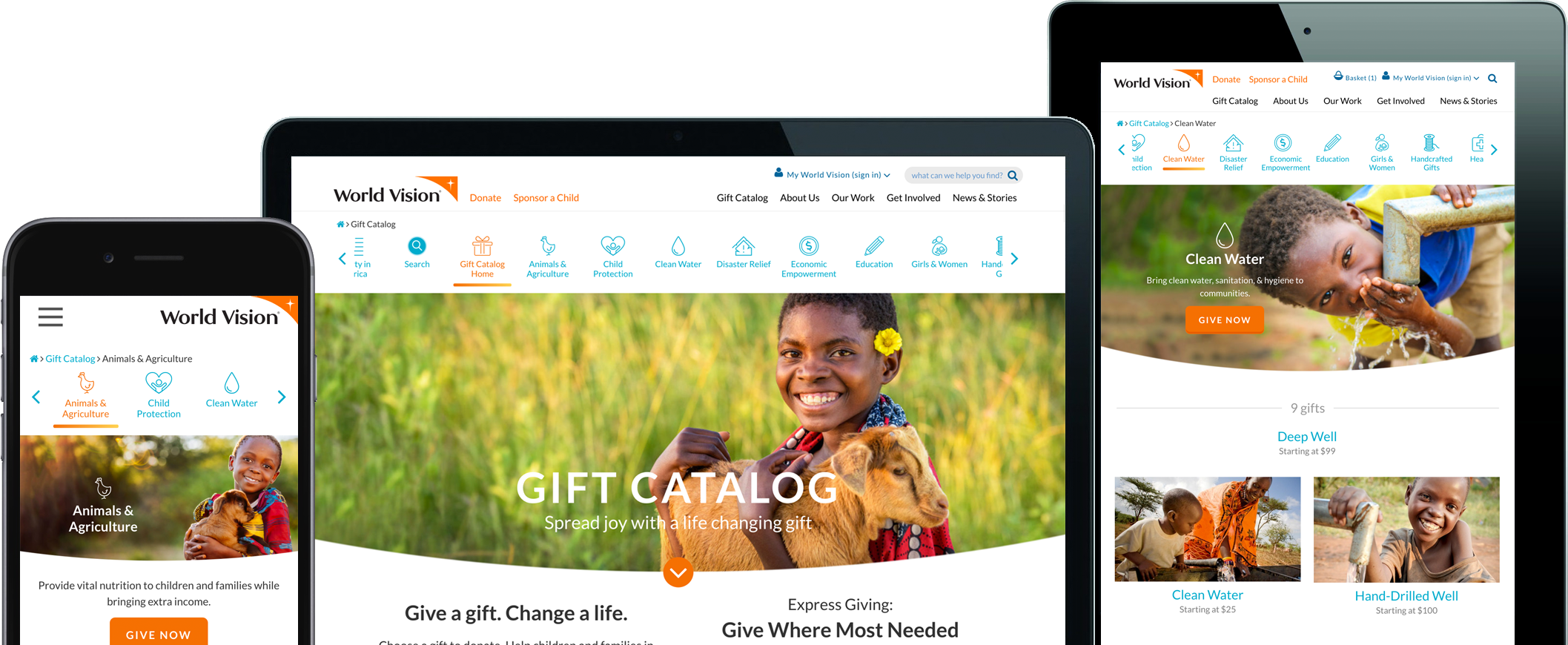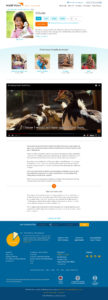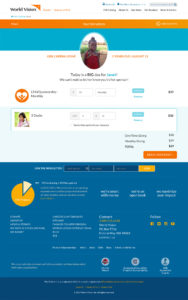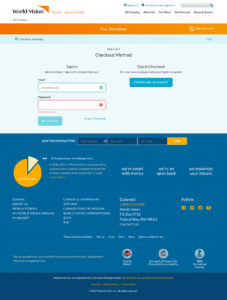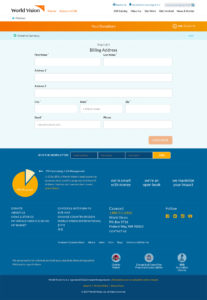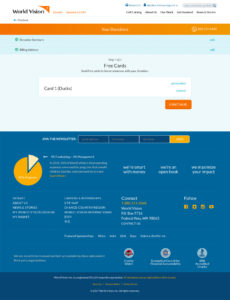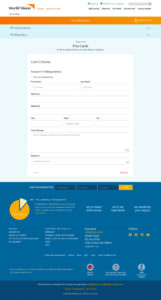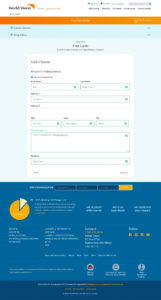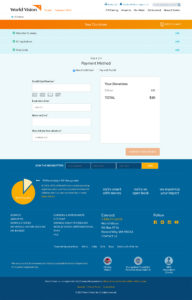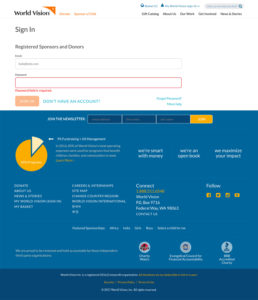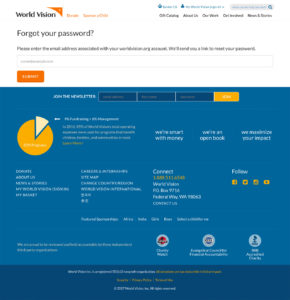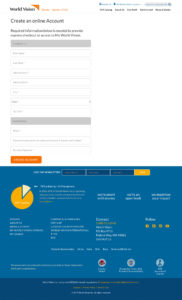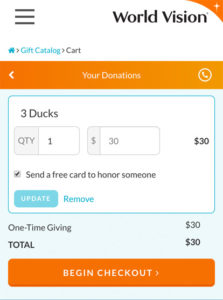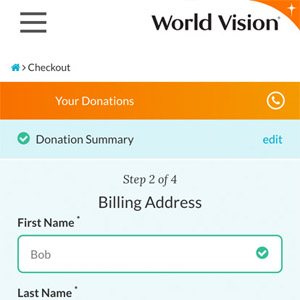Company: World Vision
Year Built: 2017
Planet Kodiak tasks: Application Architecture, Enterprise Architecture, Web Service Integration, Caching strategy, CDN, WAF, Quote-to-cash process, Security, MailGun integration
Technologies Used: WordPress, WooCommerce, EdgeCast CDN & WAF, PHP, MySQL, JavaScript, React, MailGun, Google Analytics, GTM, REST, Cron
I work for World Vision as the Applications Architect. We have had Magento Enterprise as our eCommerce platform for the past 3 years. It has served the organization well, but has become very expensive and is difficult to develop quick, iterative updates due to its complex API.
My team and I were tasked with coming up with a new solution that met both pricing and development requirements. We started our search by looking at other NGOs and other solutions by our partners. This lead us to look at SaaS solutions such as Shopify and Big Commerce. We ran proof-of-concepts on our six most organizationally-unique scenarios against both platforms. Being a unique organization, we needed to prove our unique-ness, such as child sponsorship, would fit in with these solutions. We quickly found that SaaS offerings were too limiting.
This lead us to look more broadly, so we used g2crowd.com to find the best players in our market size, and builtwith.com to find technology trends in eCommerce. This narrowed our search results to SaaS options, Magento, and WooCommerce. We considered a few PaaS offers with Magento, but ultimately chose WooCommerce.
WooCommerce met all our needs: it allowed rapid development, it’s free, it’s one of the most used eCommerce systems on the web, and the being built on WordPress meant great extensibility for custom features. Another plus was that we already had a contract with Pantheon for WordPress hosting, and our developers already knew WordPress.
Our one concern with using WordPress for eCommerce was security. WordPress is target-rich for hackers due to its universality, much like Windows. We spent a significant amount of effort researching all the ways in which WordPress and WooCommerce have been hacked and found a solution for each of them ranging from best practices, to infrastructural changes, to WAF configurations.
We integrated WooCommerce into our enterprise architecture with SSO, IdM, quote-to-cash architecture, child sponsorship, inventory, payments, recurring commitments, SSL, WAF & CDN, transactional emails via MailGun, google analytics & GTM dataLayer, marketing automation, abandoned carts, and integration into separate websites such as our donor portal and marketing sites. We used BlazeMeter for load testing.

